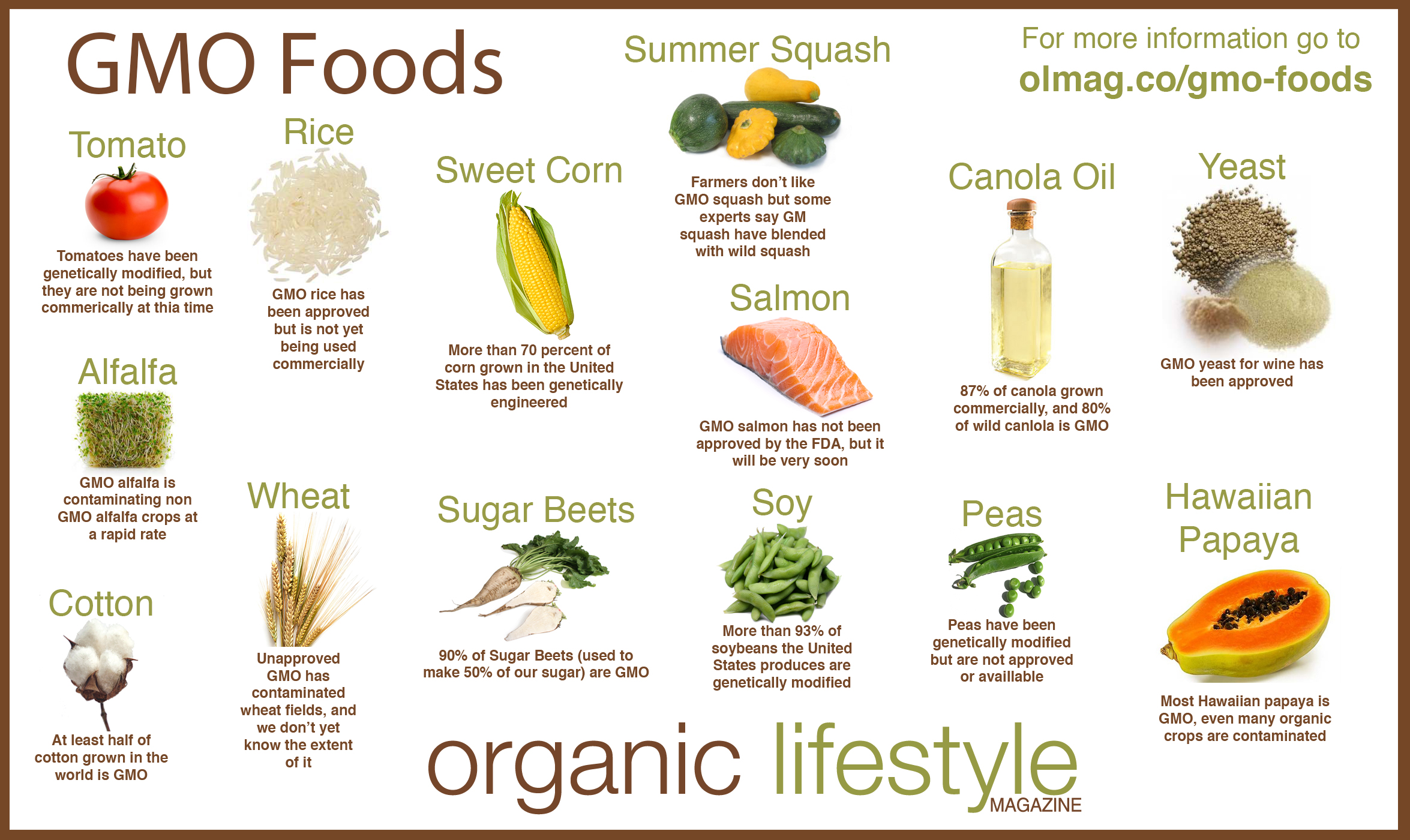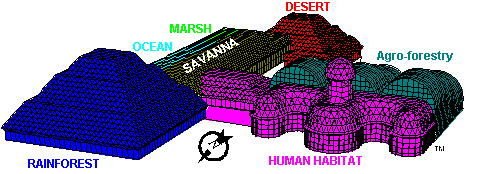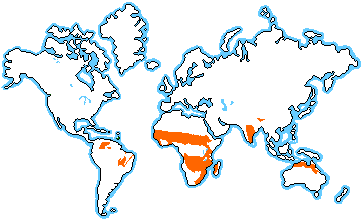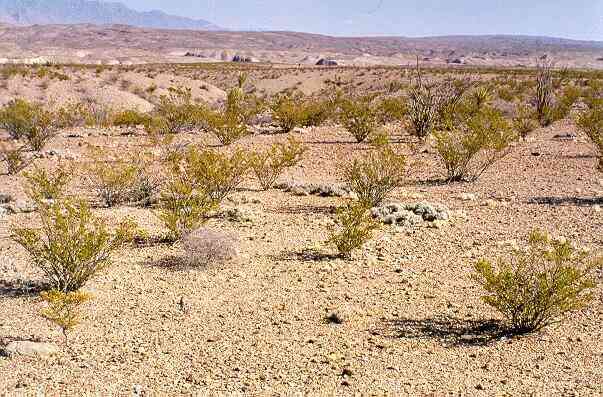T.H. Morgan studied fruit flies (muslica). One day, in 1910, he came across male fruit flies that had white eyes. They were mutants among the red-eyed wildtypes.
He then bred the white-eyed males with red-eyed females and all of the offspring had red eyes.
The F2 progeny though, contained males with white eyes.
 |
What are sex chromosomes?
In animals, sex chromosomes define the animal's sex and are an unmatched chromosome pair.
In most animals:
XX is female
XY is male
But there are some animals among the butterflies, birds, snakes and fish in which:
WZ is female
WW is male
So, in animals with XX, XY sex chromosomes, the female carries a matched pair of chromosomes (therefore two alleles for each gene coded on the X chromosomes) and the male carries an unmatched pair (thus only one allele for each gene coded on the X chromosome - so recessive characteristics for these genes show up more often in males, since there is no pair that might be dominant)
Most sex-linked traits are coded for on the X chromosome, since it is the larger of the two chromosomes, but there are a few characteristics that are coded on the Y. For example, in mammals, the gene that triggers testis (here) development is found on the Y chromosome (logically enough!!).
Recessive forms of sex-linked traits that are coded on the X chromosome show up more commonly in males, since they only need one allele to express the phenotype, while females require two recessive alleles to express the phenotype.
Some typical human sex-linked (or X-linked) characteristics include a form of haemophilia and red-green colour-blindness. About 8% of males are red-green colour-blind, but only 0.7% of females are.
 |
Going back to fruit flies.....
Morgan observed that some flies had miniature wings and that this also showed sex-linked inheritance, suggesting that the gene for wing size was on the X chromosome. But he also noticed that having miniature wings and white eyes most often showed up together, but NOT always. Sometimes the flies had white eyes and mini wings, sometimes they had white eyes and long wings.....
This led him to the idea of Genetic Linkage.
This is the idea that if 2 genes are found on the same chromosome, then the alleles on that chromosome usually sort together in the production of gametes. Occasionally though, the two alleles sort separately. Morgan was able to explain this with crossing-over which occurs during meiosis.
 |
So linkage can be observed with the sex of the organism, but it can also be observed between traits found on the same autosomal (not sex) chromosomes.
Morgan observed that certain traits in fruit flies tended to be found together (irrelevant of the sex of the fly). For example, grey flies tended to have long wings, while black flies tended to have vestigial (csökevényes) wings. So he assumed that the genes for these two characteristics are on the same chromosome. If these characteristics are inherited together, he expected the following:
![In practice:
this 3:1 ratio is never achieved
reason: total linkage is rare
[since crossing-over can occur]
In reali...](http://image.slidesharecdn.com/geneticse-f-141114084504-conversion-gate01/95/genetics-e-f-11-638.jpg?cb=1415954967) |
 |
In reality, a 3:1 ratio is not acheived, because total linkage is very rare since crossing over occurs. So Morgan actually saw four different phenotypes as follows:
 |
Note that the majority of the offspring were like one or the other parent and only a small percentage showed a recombination of the traits.
 |
Morgan suggested that the likelyhood of crossing over occuring between two genes increases as the distance between two genes increases.
 |
And observing the number of offspring that are like the parents and the number that are not (the recomibinants), a frequency of recombination can be calculated and this can be used to predict distances between genes on a chromosome.
 |
 |
A few more interesting things.....
If you remember back to last year, you may recall learning about Lynn Margulis' Endosymbiotic Theory, about how eukaryotes came to be. When we discussed it, we said that one of the proofs for her theory was that the mitochondria had its own DNA. It is called mitochondrial DNA. It is a small circular DNA, similar to that of prokaryotes. In most organisms the mitochondrial DNA is inherited solely from the mother. So mitochondrial DNA can be used to research the maternal line of ancestry of an individual. (Likewise, since the Y-chromosome is only inherited in males, it can be used to research the paternal line).
A famous case that was solved using mitochondrial DNA was that of the woman who claimed she was Anastasia Romanov (daughter of Csar Nicholas, who was killed by the Bolsheviks). In the 1920's a woman appeared in Berlin claiming to be the princess. The royal families of Europe refused to believe her claim, but she spent her whole life claiming that is who she was. After her death, researchers used mitochondrial DNA from her hair and compared it with that of Prince Philip (consort to Queen Elizabeth II), who would be Anastasia's closest living relative in her maternal line. It was not a match.
Barr Bodies
In the 1940's some researchers noticed dark staining spots at the edge of the nucleus in female somatic cells, but not in males.
 |
This is very obvious in calico or tortoiseshell cats.
| A female calico cat |
Since one aspect of colouration is an X-linked gene, the situation where the cat is not a solid colour only shows up in heterozygous females, depending on which X became inactive (a Barr body)
 |











































